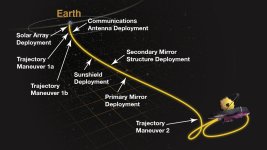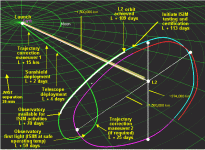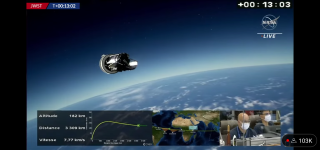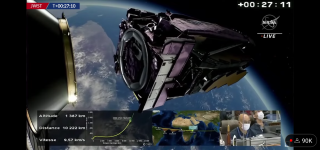Anyone excited about the James Webb space telescope launch? Will it finally happen after all these delays?
It can be followed live on NASA's youtube channel. 7:20 EST.
One thing I can't figure out is why are they launching it in the morning? It is supposed to get to an orbit around L2, over a million km towards the sun. Why not launch it on the afternoon (sunset) when the launch site is moving away from the sun? I would think that an boost away from the sun from Earth's rotation would be advantageous???
What am I missing :?
It can be followed live on NASA's youtube channel. 7:20 EST.
One thing I can't figure out is why are they launching it in the morning? It is supposed to get to an orbit around L2, over a million km towards the sun. Why not launch it on the afternoon (sunset) when the launch site is moving away from the sun? I would think that an boost away from the sun from Earth's rotation would be advantageous???
What am I missing :?







 )
)